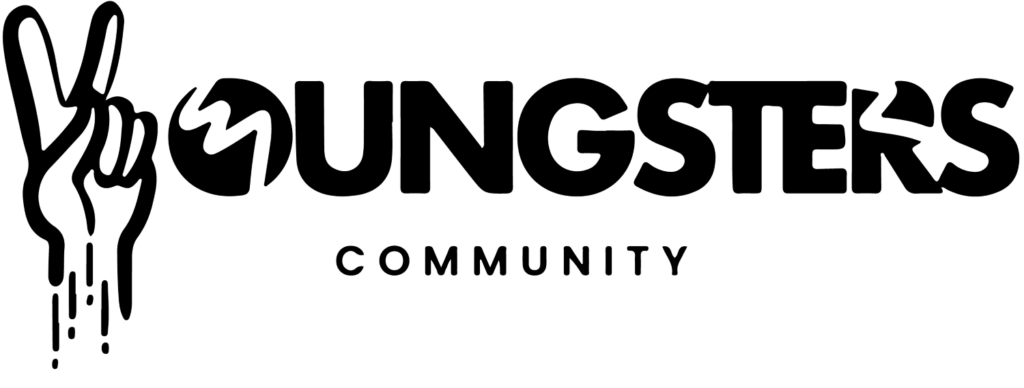Breathing Principles- Blog #1
by Isaac Diaz
You can go several days without eating, 1-2 without water, but ultimately only 5 minutes without breathing. So why are we not paying more attention to how our breathing affects our health? First of all, we have to ask the question: why is it important to optimize our breathing? Doesn’t it happen naturally? Ultimately, that is correct; However, due to our modern society inflicting never-ending stress signals, high amounts of sitting at a desk with poor posture, poor diet, and overall ignorance of awareness of the breath, we are suffering greatly from respiratory dysfunction and thus from a multitude of downstream negative effects on our mental/physical health. Next time you see someone struggling with anxiety or a panic attack, pay attention to their breath. Are they taking slow, light, and deep breaths at rest or instead taking short, shallow, rapid breaths mainly focused solely on the upper chest area? Note, in a future blog post I will teach you how to take a light, slow, and deep breath!
By taking time to optimize our breath, we are presented with a unique opportunity to take charge of our nervous system. Ultimately, control of our breath shifts the power back to us. We cannot control stressful environments around us; However, we can choose how we breathe throughout all these situations and thus prevent ourselves from shifting towards the disastrous fight or flight response associated with the sympathetic nervous system and instead spend a majority of our time in the healing rest and digest state found by activating our parasympathetic nervous system. This is because our vagus nerve directly passes through our diaphragm. By performing light, slow, and deep exhalation you will be activating your vagus nerve and thus sending signals to activate your parasympathetic nervous system. An ideal resting breathing rhythm would be 4 seconds in 6 seconds out in order to maximize recovery.
Figure 1- Your Diaphragm and the vagus nerve that passes through it
Many times throughout these teachings, I will refer to carbon dioxide and its importance. You may ask yourself, “Wait, I thought CO2 is a waste gas?” In a way, this is true; However, like many things in life, there are two sides to the coin. In short, your mitochondria consume O2 and release CO2 to provide your body with valuable ATP, your body’s energy currency. When you inhale, you intake O2 to power your body, and in your exhale, you release CO2. When you look deeper, you find there to be some fascinating science. There is a phenomenon called the Bohr Effect where, in order for the oxygen molecule to be released from hemoglobin, you must have carbon dioxide present.
`
Figure 2) The Bohr Effect, Carbon dioxide lowers pH which allows hemoglobin to loosen interaction with oxygen and release into mitochondria
What is the significance of this?
Essentially, for optimal oxygenation, you must also have an optimal concentration of Carbon Dioxide in your blood. In addition, it is not the oxygen levels that stimulate you to breathe but instead it is the rise in the level of carbon dioxide in your blood that stimulates your chemoreceptors to send a signal to your diaphragm to breathe. To test this really quickly, take a full exhale and hold your breath. Pretty quickly you will feel your diaphragm start to contract. Essentially telling you to breathe. This is due to the rising level of CO2, not the lowering of your oxygen. Your body has evolved to be able to have large oxygen reservoirs in an effort to prolong life in case of a catastrophic event. If instead you were to use an oximeter and take a full inhale then hold your breath, you would notice that your spO2% will stay above the hypoxic level of 90% much later than when you first feel the strong desire to breathe. In short, it is the rise in carbon dioxide and the corresponding signals from your chemoreceptors that often causes you to break the breathhold not depletion of your oxygen levels. If you can train your CO2 tolerance to a higher baseline, you will be able to naturally lower your respiratory rate and increase your breathhold times. This has an immense positive effect on the body. Due to the sake of keeping this blog post at a reasonable length I will have a whole separate blog explaining the physiological benefits/ psychological benefits to training your CO2 tolerance.
In Short:
-
- 1) You will be oxygenating your tissues at increased efficiency due to the higher CO2 allowing the release of oxygen from the hemoglobin molecule.
-
- 2) Carbon dioxide is a vasodilator, thus you will be improving your blood flow
-
- 3) Less stimulus to breathe will naturally lower your respiratory rate, this upregulates the activity in your parasympathetic nervous system thus lowering cortisol and improving your body’s ability to recover from any stress, whether it be psychological or physiological
In order for one to take charge of their breath and create super human respiration ability there are certain actions that must be taken:
-
- Mobilize your diaphragm and release the fascial tension surrounding this area
-
- Train your CO2 Tolerance to increase the baseline of carbon dioxide tolerated in the body
-
- Increase your respiratory muscle strength through power breathing exercises
-
- Train hypoxic holds to stimulate powerful adaptations to your hemoglobin quality, increase the quality of red blood cells, mitochondrial health, and increase EPO production (a hormone tied to the maturation of red blood cells)
-
- Master your own posture through yoga, gym, pilates, etc to maximize lung capacity
Importance of Proper Oral Posture
If you are mouth breathing daily then it is very likely that your oral posture is not how it should be and needs some work. Take some time to feel the inside of your mouth throughout the day. Do you find that your tongue is resting on the top of your palate or resting down at the bottom of your jaw?
In order for your facial structure to be optimal for nose breathing it is essential that you have your tongue rest on the top of your palate (refer to figure 1) . This is called “mewing” popularized by Dr. Mike Mew. Having your tongue properly rest at its correct position i.e palate will quite literally reshape your facial structure, due to the facial sutures in your skull allowing for movement. Also the younger you start the better!
To practice mewing and see how the proper tongue posture to hold 24/7, smile wide with teeth slightly touching and then swallow, you will notice how your tongue will be sucked up into the top of your palate, this is the ideal tongue posture that you will want to hold.
Link to Website explaining deeper on Mewing
Right skull is one that has properly developed due to the tongue pushing up on the palate.
Recommended Reads
Amazon Link to Oxygen Advantage
This book is great for taking a deep dive into the science off nose breathing for athletics as well as daily life
Amazon link for Close your Mouth
Learn how to apply buteyko breathing!
Applying and learning the science of conscious breathing through world renowned freediver/ former static breathhold world record holder
Recommended Tools:
Having a properly aligned spine will naturally promote healthy functional breathing, essential that you work on overall body mobility and posture. Look into yoga classes, this will help you perfect the art of breathing with movement.
-
- Yoga Mat
-
- Double Lacrosse Ball for surrounding spinal muscle release Double Lacrosse Ball + Video on How to Use on Upper Back (do not roll out lower back, it will get tighter)
-
- Knuckle Device, this device will help release the suboccipital muscles. Thus, improving overall head alignment Knuckle Device
- Knuckle Device, this device will help release the suboccipital muscles. Thus, improving overall head alignment Knuckle Device
-
- Mouth Tape for sleeping This is the Tape I Recommend
I know it can be a bit strange to tape your mouth at night to sleep, however taping your mouth will help teach your body over time to naturally breathe through your nose. Breathing through your nose at night is key to rewire your breathing patterns and gently improve your CO2 tolerance.
In the future blogs I will focus on
-
- Benefits of Intermittent Hypoxia Training
-
- Benefits of CO2 Tolerance Training
-
- Exercises in order to improve breathing in several facets: Diaphragmatic Mobility, CO2 Tolerance, Power Breathing, Hypoxic Training
Stay tuned to Learn more!
References:
-
Kapus J, Ušaj A, Lomax M. Adaptation of endurance training with a reduced breathing frequency. J Sports Sci Med, 2013;12 (4), 744-752.
-
Russo, Marc A., Danielle M. Santarelli, and Dean O’Rourke. “The physiological effects of slow breathing in the healthy human.” Breathe13, no. 4 (2017): 298-309.
-
Lin, I.M., L.Y. Tai, and Sheng-Yu Fan. “Breathing at a rate of 5.5 breaths per minute with equal inhalation-to-exhalation ratio increases heart rate variability.” International Journal of Psychophysiology91, no. 3 (2014): 206-211.
-
Martin BJ, Sparks KE, Zwillich CW, Weil JV. Low exercise ventilation in endurance athletes. Med Sci Sports.1979;(Summer;11(2):):181-5
-
Arce-Álvarez, Alexis, et al. “Hypoxic Respiratory Chemoreflex Control in Young Trained Swimmers.” Frontiers in physiology 12 (2021): 215.
-
Bruijn R, Richardson M, Schagatay E. “Increased erythropoietin concentration after repeated apneas in humans.” Eur J Appl Physiol 2008; 102:609–13. Epub 2007 Dec 19.
-
Moonmentalhealth. (2021, October 26). Loving your vagus nerve. Moon Mental Health. https://moonmentalhealth.com/loving-your-vagus-nerve/
-
Admin. (2022, November 16). Bohr effect – experimental discovery, allosteric interactions, Bohr effect vs Haldane effect with examples. BYJUS. https://byjus.com/chemistry/bohr-effect/


